
News
News
Catch up on the highlights from our 2024 Pugpig Customer Summit, plus full recordings of each session.
17th December 2024

On Thursday 5th December, we hosted the 2024 Pugpig Customer Summit, bringing together over 150 of our customers and partners both in-person at Pugpig HQ and online. The event featured six quickfire sessions, each packed with insights, takeaways, predictions and engaging stories.
We’ve distilled the key takeaways from each session into concise snippets which we hope will prove useful in inspiring and shaping your mobile publishing strategy for 2025 and beyond. You’ll also find the slide deck here and recordings of each session within this post and on our Vimeo profile.
The summit kicked off with our co-founder Jonny Kaldor giving a brief Pugpig update, sharing insights from our recent State of the Mobile Publishing Market report, and giving a quick introduction to our new Mobile Matters community.
As ever, our mission is to be the best app platform in the world and to work with the best publishers. This year in particular, our strategy is built around four key themes: organising for scale, being even more customer-led, building the best products, and becoming a vital industry partner. In 2024, we added 100 new brands to the platform – we currently serve 130 publishers across 400 brands primarily focused on news media, consumer magazines and B2B specialists, with plans to expand into broadcast media.
We kicked off Mobile Matters earlier this year – the community for anyone interested in mobile publishing. It’s your place to ask questions, share experiences and learn a thing or two from industry peers and experts. Next year we’ll be kicking off events, both online and in-person and would love for you to be involved. Get more info and join Mobile Matters.
We then heard from David Buttle – an FT team member for over a decade and a key player in their OpenAI negotiations. He outlined how Google’s search dominance is facing challenges from AI-generated spam content, demographic shifts in search behavior, and emerging AI-powered search competitors. He also explained how publishers are being forced to participate in its AI overviews in search results or risk losing search prominence before giving his predictions for the future of search.
Google search is becoming increasingly volatile, being impacted more and more by AI-generated spam and shifting user behaviors. Publishers should be focusing on cultivating direct relationships with their audience through owned platforms and think about how they can diversify their revenue streams to reduce their reliance on search and other external sources.
By focusing on owned platforms, publishers can also maintain control over their content and mitigate risks associated with algorithmic changes or forced participation in AI-driven search integrations. This approach also better positions publishers to capitalise on the greater bargaining power they’re predicted to have in the evolving search ecosystem, potentially enabling more favorable revenue-sharing models (more on that later).
Media brands must start thinking about the strategic principles they need to put in place around AI content use licensing. AI tools need both training datasets and real-time content, and are increasingly relying on real-time content. With AI models using data for retrieval-augmented generation (RAG), there is growing demand for timely, high-value content, particularly in industries like news, where the economic relevance of material declines rapidly.
Negotiating better revenue-sharing deals beyond the current 50-50 splits offered by some AI companies is crucial as publishers are likely to be positioned to gain greater leverage in the future. By proactively setting strategic principles for licensing and determining which content to monetise through syndication versus retaining on owned platforms, publishers can better navigate this evolving landscape and are more likely to secure sustainable financial outcomes in the long run.
Read our Industry Insights Director Kevin Anderson’s take on how publishers can navigate AI
Aron shared his journey of a complete relaunch and rebrand after 137 years….
The Star Tribune’s recent transformation journey underlines how legacy publishers can completely overhaul their digital presence to engage modern audiences and drive sustainable growth. By embracing bold changes like a complete CMS migration, app rebuild, and introducing innovative revenue streams, the Star Tribune tackled long-standing issues with unstable legacy systems. Their use of OKRs (objectives and key results), a strategy borrowed from tech industries, ensured clear priorities and measurable goals to drive the project forward.
The integration of philanthropy, inspired by successful models like The Guardian’s, added new dimensions to their revenue strategy. This rapid, comprehensive overhaul – achieved in just months – demonstrates that even century-old media brands can adopt a startup mindset to succeed in today’s media landscape. Other publishers can take inspiration from their approach to bold leadership and leveraging technology to improve audience loyalty and diversify income streams.
Jon explored current emerging technology trends and their impact on publishers and content consumption. He also looked at the evolution of wearable technology, while emphasising the significant investment in AI and technology sectors, noting it as ‘possibly the most important thing happening on the planet.’
People are talking about facial tech and wearables as quite possibly a viable replacement for phones somewhere in the (near?) future, with wearables like smart glasses introducing novel input methods such as eye tracking, gestures, and neural wristbands. This will undoubtedly have a huge impact on publishers and how readers are consuming their content.
Publishers must start rethinking how media is consumed – whether it’s floating browser windows, collaborative reading experiences, or real-time AI-driven enhancements like translation and fact-checking. While it’s currently unclear how people will consume news on wearable tech, it’s certainly a topic that’s going to become more and more spoken about in 2025.
Native systems allow for deeper integration with emerging technologies like voice assistants, AI, wearables and in-car systems like CarPlay. With iOS 18 and Apple’s new App Intents on the horizon, publishers must be in the mindset of opening up their app to better integration with these AI functionalities and ultimately, the app being one element of a broader tech ecosystem.
In Emillie’s session, she presented our core product goals, including a new fourth goal for 2025 focusing on being a fully integrated and scalable platform. Emillie gave a quick overview of recent product developments before diving into our roadmap priorities for the year ahead and putting the power in the hands of attendees to vote on which they’re most excited about.
You won’t be surprised to hear that we’re still continuing our focus on three of our core product goals – a delightful intuitive reading experience, a flexible platform, and a seamless workflow. We’ve added a fourth goal for 2025 which is all about being a fully integrated and scalable platform. This is all about making sure that we’re as deeply embedded as possible with our publishers’ existing technology and processes, and being able to adapt how we’re working as and when we need to.
Emillie started off by talking about the range of features and functionalities we added to the Bolt platform in 2024, including a Bolt push preference centre and improvements to our timeline layouts editor which was still in beta phase at last year’s summit. It now powers over 30 apps on our platform and makes it so much easier to deliver beautiful layouts across lots of screen sizes and grid configurations.
Two of the biggest platform improvements this year have centered around video. All of our supported video players now work with vertical video and can be added as carousels in your apps. Look out for lots more improvements to this in 2025 to bring the experience more in-line with other popular video-led apps like TikTok. And second, users can now pin a video to the top of the app which remains in a persistent player while they scroll and browse other videos.
Other product developments from this year have included improved support for multilingual apps – a lot of which now comes as part of Bolt’s out-of-the-box offering. We currently have Icelandic, Finnish and Chinese language apps and hope to see plenty more languages in 2025. We’ve also improved our ad offering to be more inline with Google’s most recent recommendations, and introduced Pugpig Insights dashboards available to all customers thanks to our partnership with Mixpanel.
As we look forward to 2025, the Pugpig Bolt product roadmap is already packed with a range of exciting features and functionalities. We’ll be introducing the ability to follow authors and topics, allowing for a totally user-curated timeline of content from their chosen ‘followed’ items. We’re looking at a variety of different UIs for this and will be working closely with a number of customers in the new year to iterate and refine before letting it out in the wild.
We’ll be launching our fully-integrated Viafoura SDK in early 2025, which brings with it a full-screen modal reading experience of comments and an in-app hub to keep track of conversations you’re in and acts as a one-stop shop for all community features.
Bolt in 2025 will also bring a whole new way to build your timelines, complete with a WYSIWYG editor which will make it so much easier and quicker to meet very custom requirements and create those timeline content cards. We’re hearing more and more from customers the desire to be more hands on (more on that in the next point) – having an interface to manage these elements will make that a lot easier.
Other features on our 2025 roadmap include tool tips and improvements to subs modals and paywalls. Regarding tool tips, we’re currently doing some testing around this with The Boston Globe looking at signposting around reading the digital edition for the first time.
Eventually, this will be completely configurable so you can choose where you’d like to signpost. Regarding subs modals and paywalls, we’re looking at a number of improvements here to allow for a two-stage funnel in the metered paywall functionality and a complete overhaul of the subscriptions modal to include more flexibility around the look and feel.
Picking back up the self-serve conversation Emillie touched on earlier, we’re looking at how we can open up certain parts of our distribution service to customers who want to be a bit more hands on. It’s worth noting that this is optional – we are, of course, happy to continue to take care of all app elements on our side. For customers that are interested in having a bit more control, we’re looking into which areas to open up, whether that’s updating app copy or changing metered paywall limits. See how customers at the summit voted on which areas they’d be most interested to be more hands-on with.
During the final session of the day, Chris shared insights about the magazine industry’s challenges and opportunities, explaining that magazines are approaching a critical juncture around 2030 regarding print distribution. He emphasised that magazines must evolve into multi-format, multi-revenue brands to survive, before covering the challenges of technology investment and the importance of maintaining direct relationships with audiences through apps and owned platforms.
Very few magazines can exist and thrive just on subscription, e-commerce or advertising revenue, and so they must be agile with multiple revenue streams to survive. This is especially true as we get closer to a critical fork in the road where magazine brands, more so than newspapers, can actually see a potential end of print as the industry wholesale deal comes to a close in 2030. Currently, it remains quite unclear what the next deal looks like.
The battle to be both a brand that has a particular expertise plus can successfully do affiliate and e-commerce is going to be a difficult yet crucial balance to strike. Magazine publishers should think about using the brand and adding utility to create something more than just a content delivery vehicle.
Magazine publishers must incorporate social platforms, direct offers, audio, video, and emerging technologies to survive. Magazine brands need a really strong sense of brand and must be hugely agile in becoming a multi-format brand to be successful – we’re talking being present on lots of different social platforms, being able to sell subscriptions directly to consumers, being in audio, video, and experimenting with AR, VR, and the wearable tech Jon discussed in his session. In essence, it’s about making sure your brand is relevant to your audience everywhere they go.
The industry’s core strength lies in content creation, not in maintaining costly, complex tech infrastructures. Significant investment is needed to compete with global tech giants, and individual publishers simply cannot afford it. Adopting shared technologies means reduced overhead, minimised tech debt, and a focus on creative expertise and audience engagement. Not to mention access to quality tech without the unsustainable cost of building it.
A ‘home’ platform such an app provides an anchored, branded destination for direct engagement with your audience. Platforms like search and social media have fragmented user journeys, often directing audiences to individual articles without fostering loyalty or a sense of connection.
A dedicated app or centralised digital presence serves as a consistent entry point, ensuring the audience starts and remains within your ecosystem. This home is essential for building direct relationships, maintaining control over user experience, and sustaining a long-term, direct business model that doesn’t depend on third-party algorithms and policies.
A unified approach to AI licensing deals is paramount to safeguard intellectual property, establish fair compensation, and ensure consistent standards across the sector. Currently, fragmented negotiations and individual agreements fail to set legal precedents for copyright protection or create scalable frameworks for future licensing. This disunity undermines the industry’s collective bargaining power and risks undervaluing its content. A unified strategy would not only strengthen the industry’s position in negotiating with AI developers but also create a sustainable model for recognising and monetising intellectual property.
Read our Industry Insights Director Kevin Anderson’s take on the future of print
We hope you find these insights useful as you think about your mobile strategy for 2025 and beyond. Please reach out to your Customer Success manager if you’d like any further information on any feature or topic discussed. Thanks again to all who attended, joined online, spoke at, and organised the 2024 summit. We hope to see you at next year’s event!
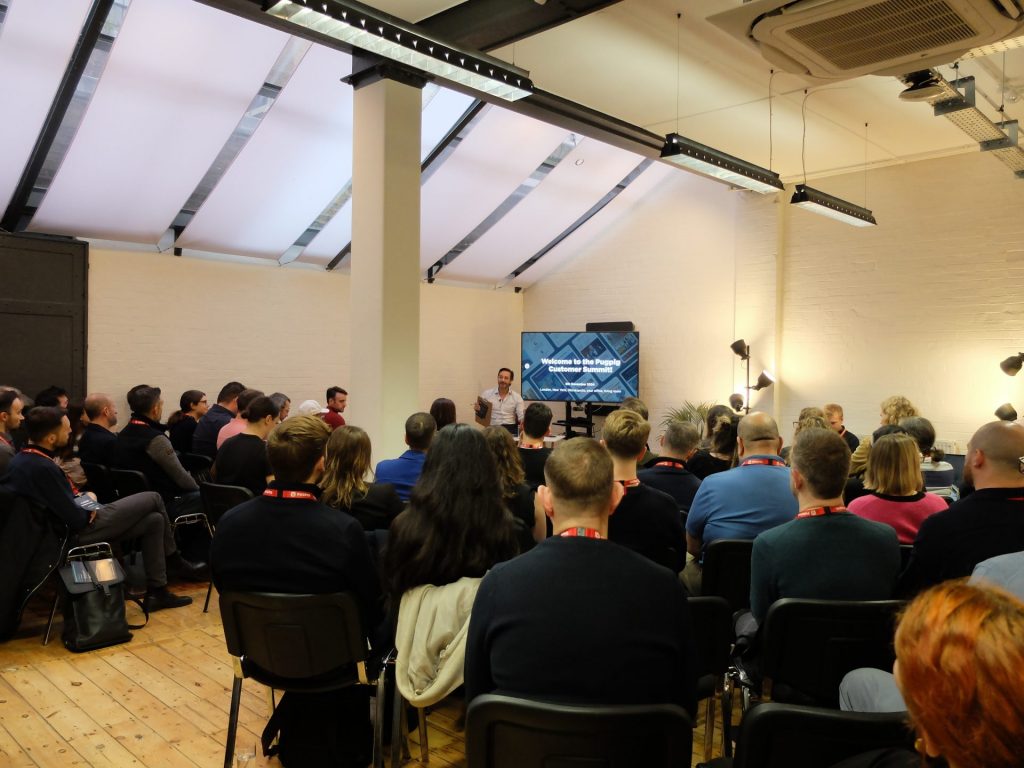


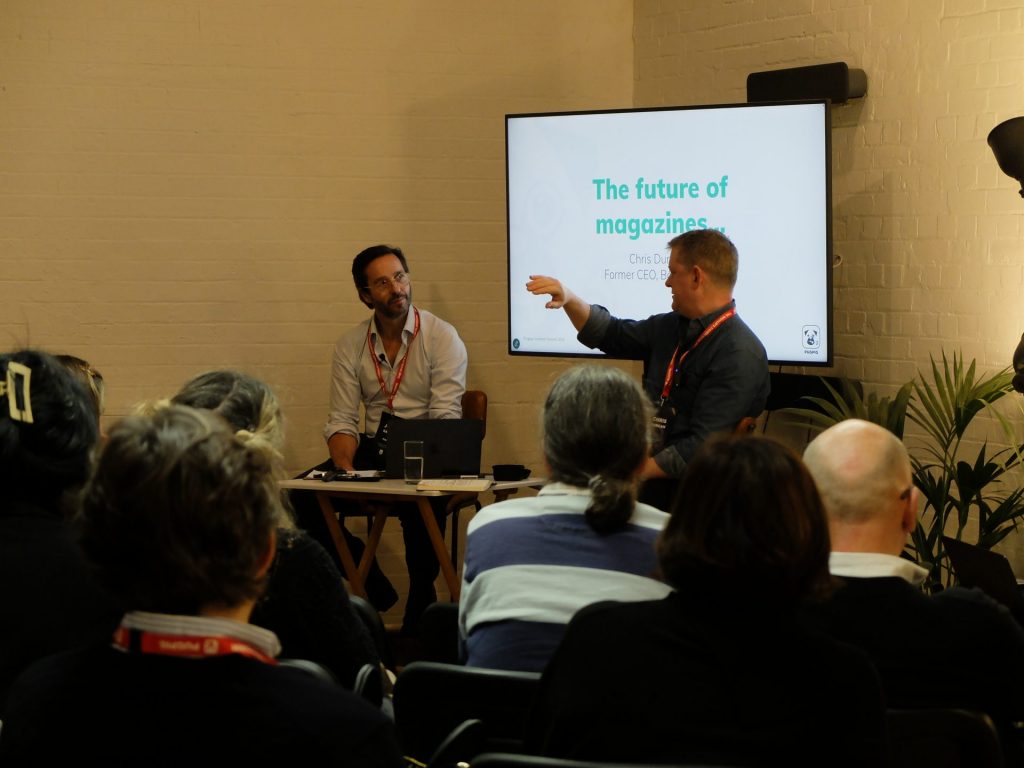

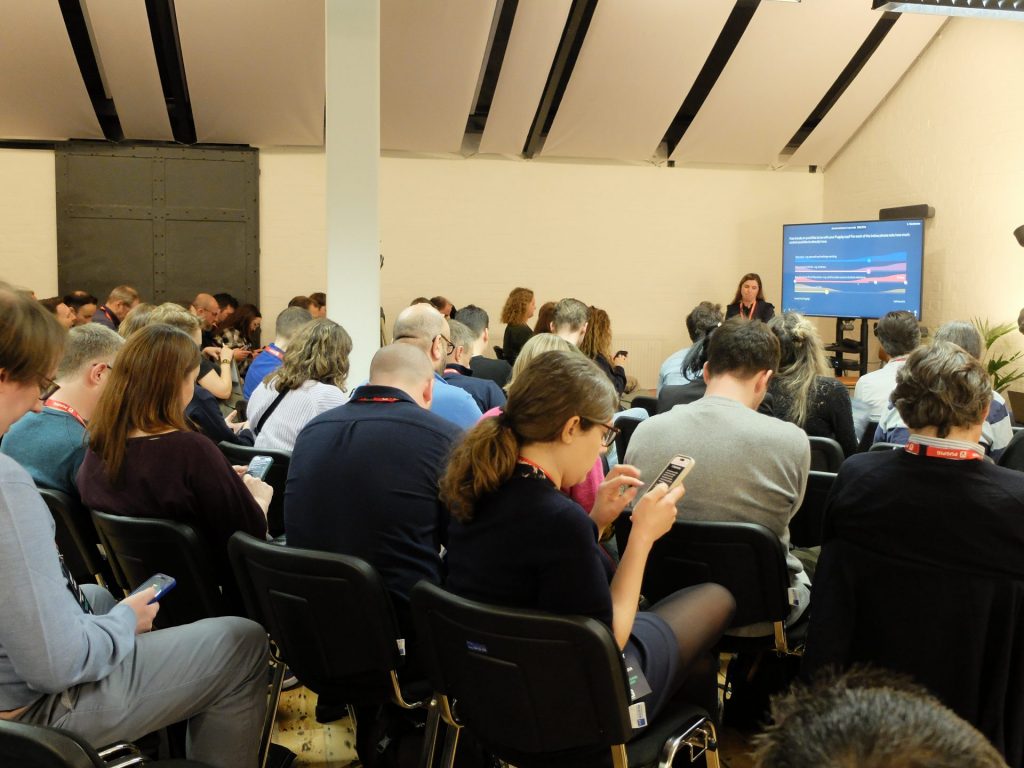

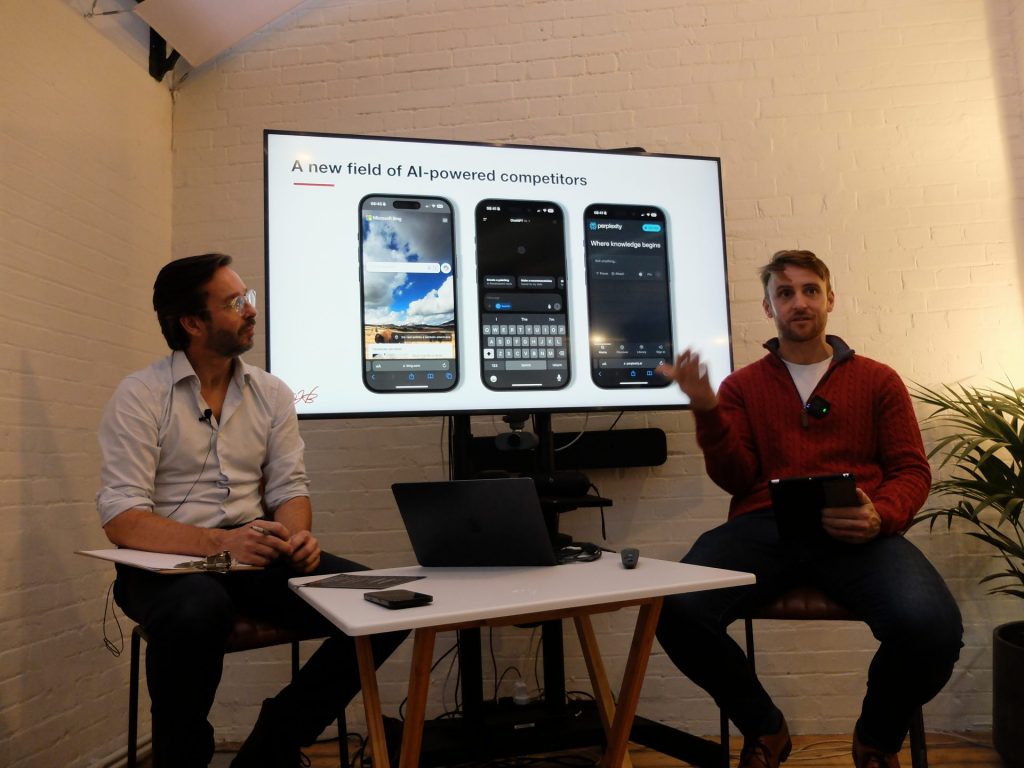

News
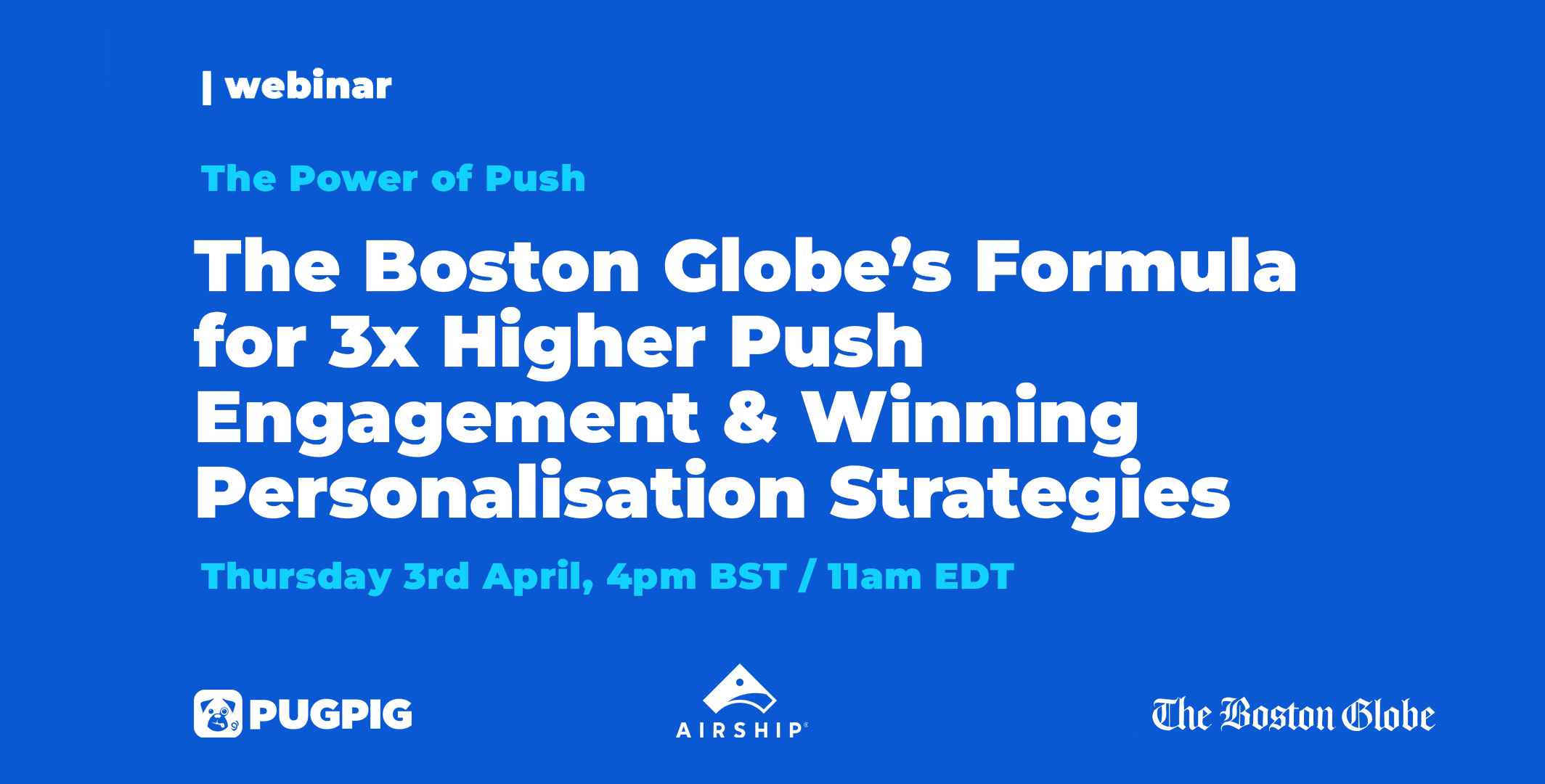
News

News

News

News